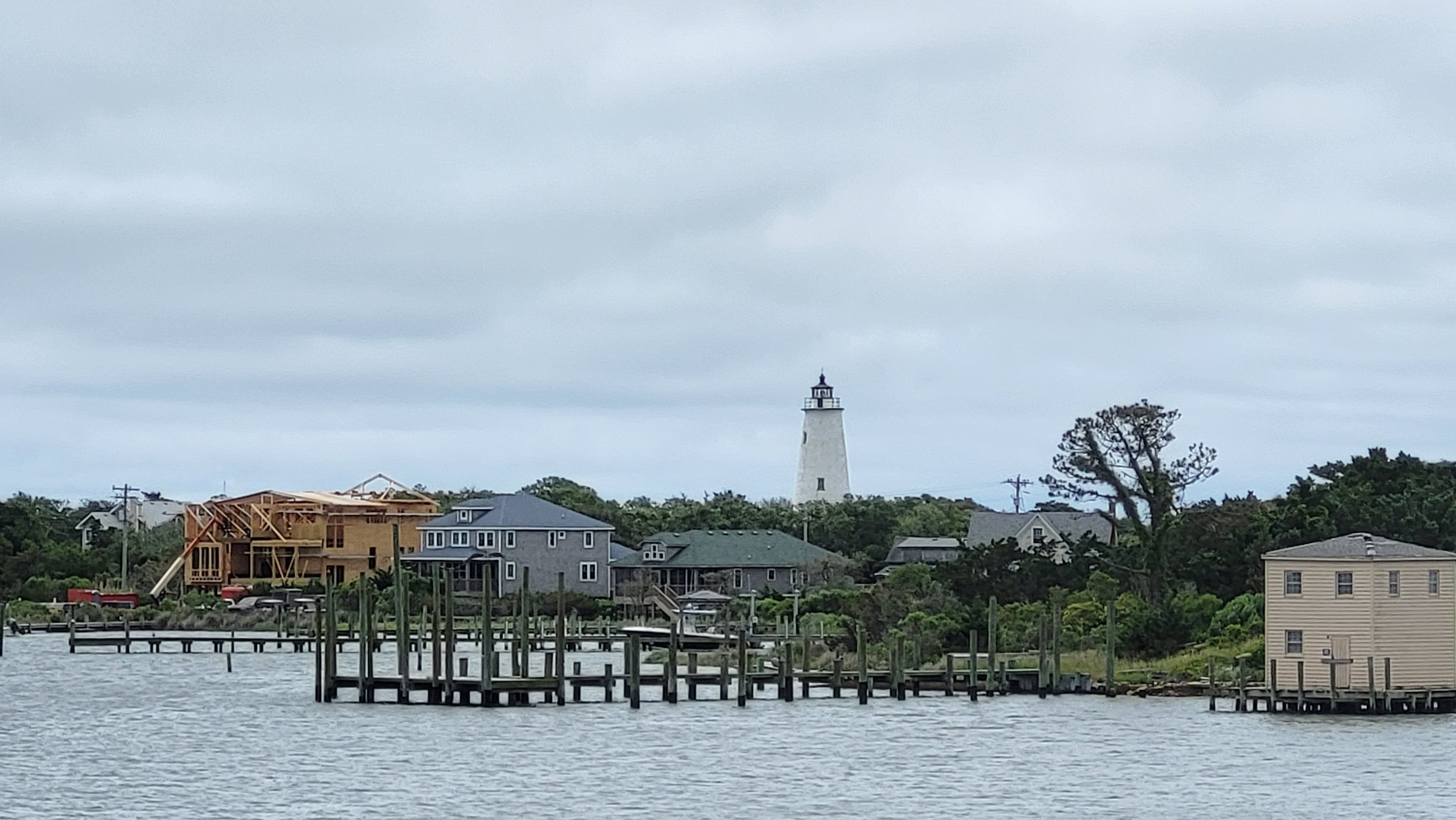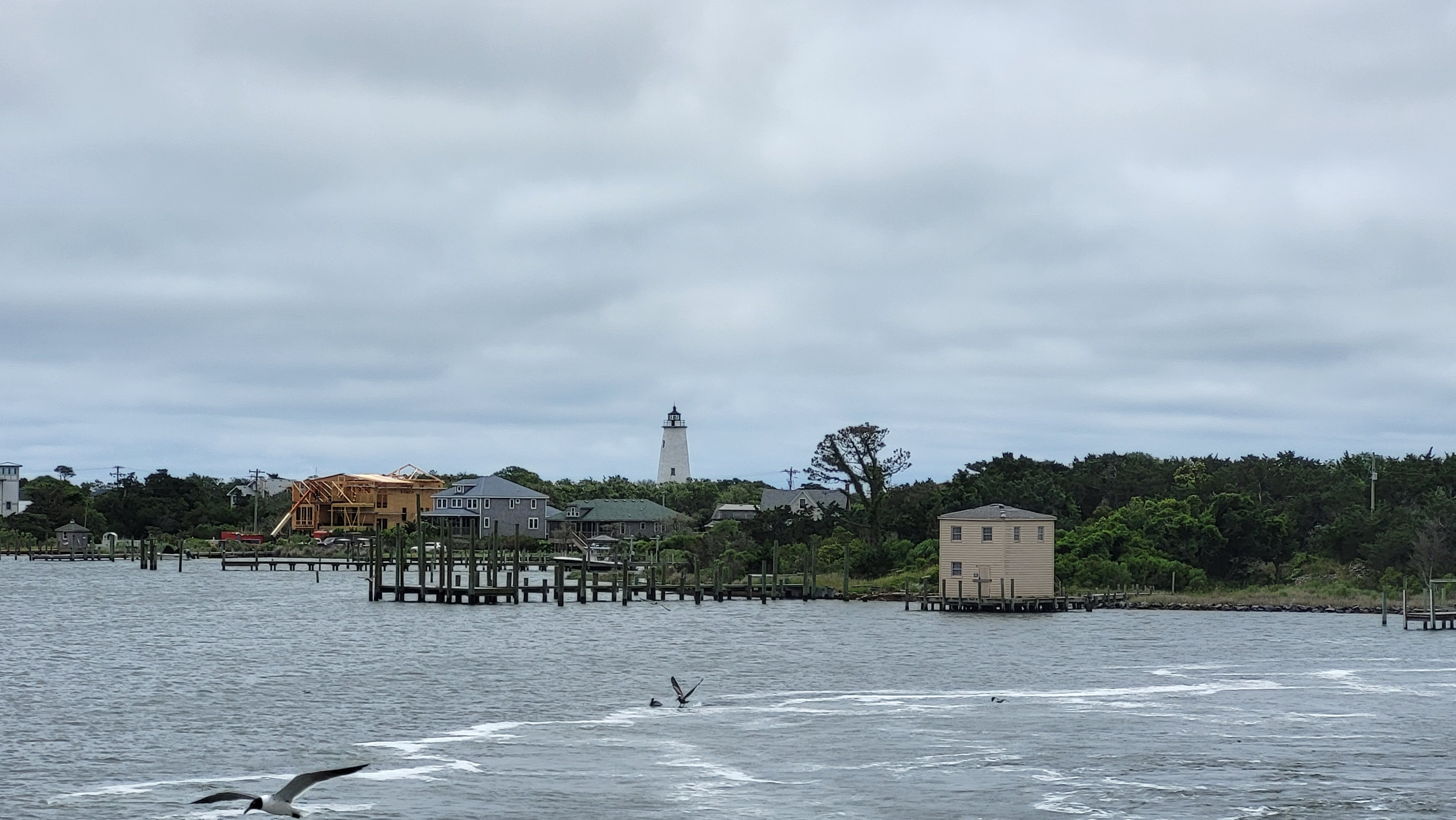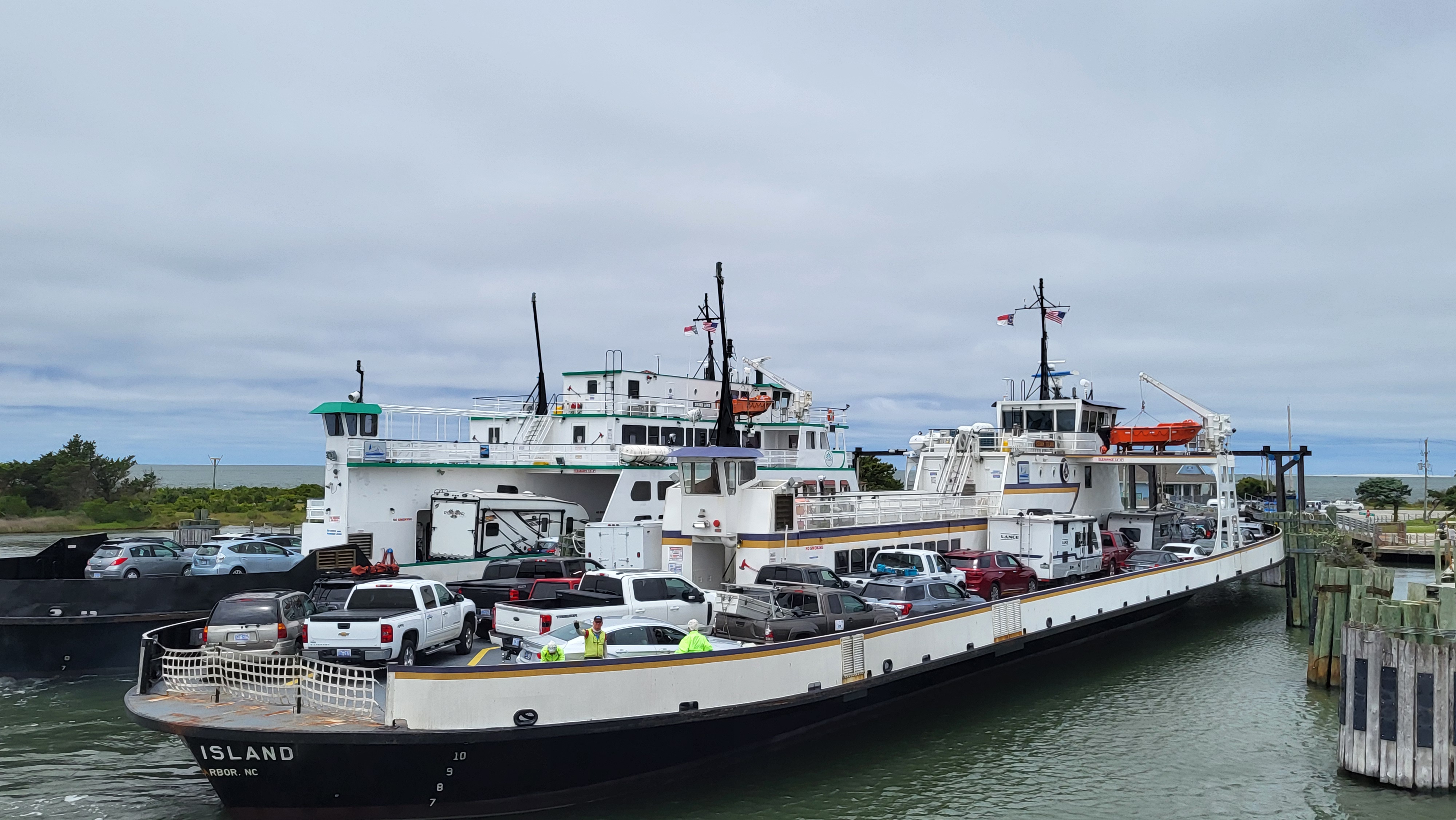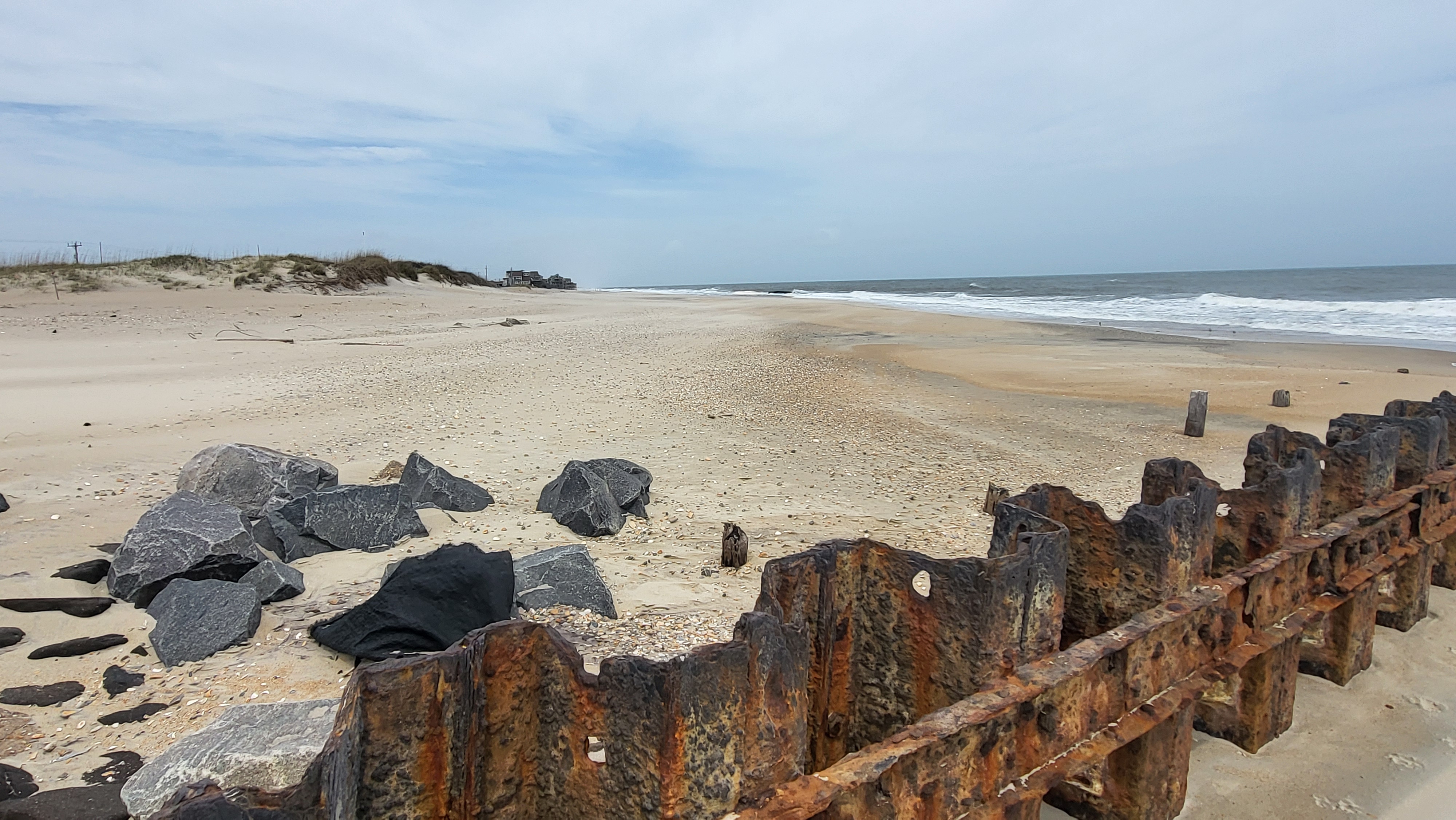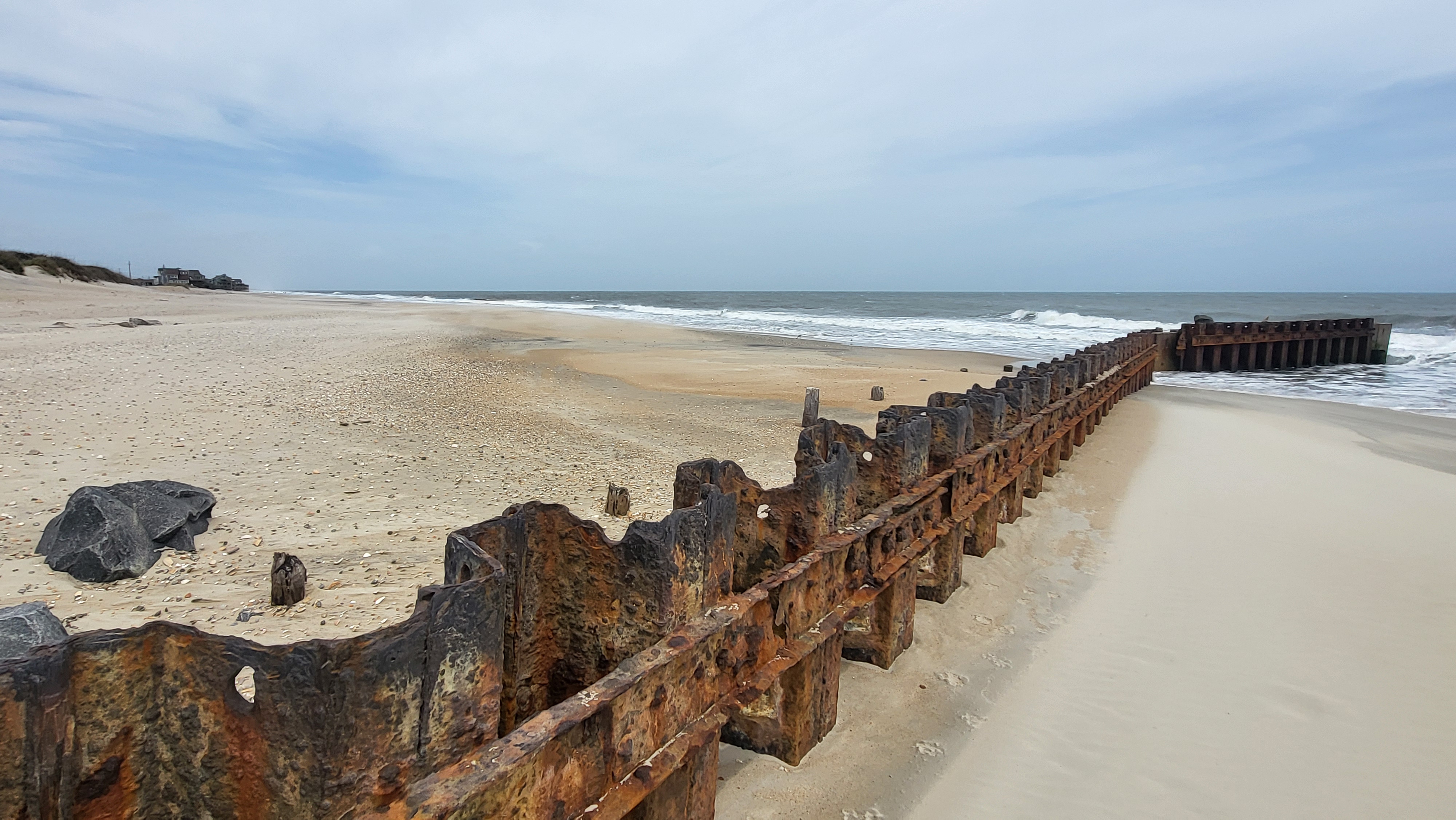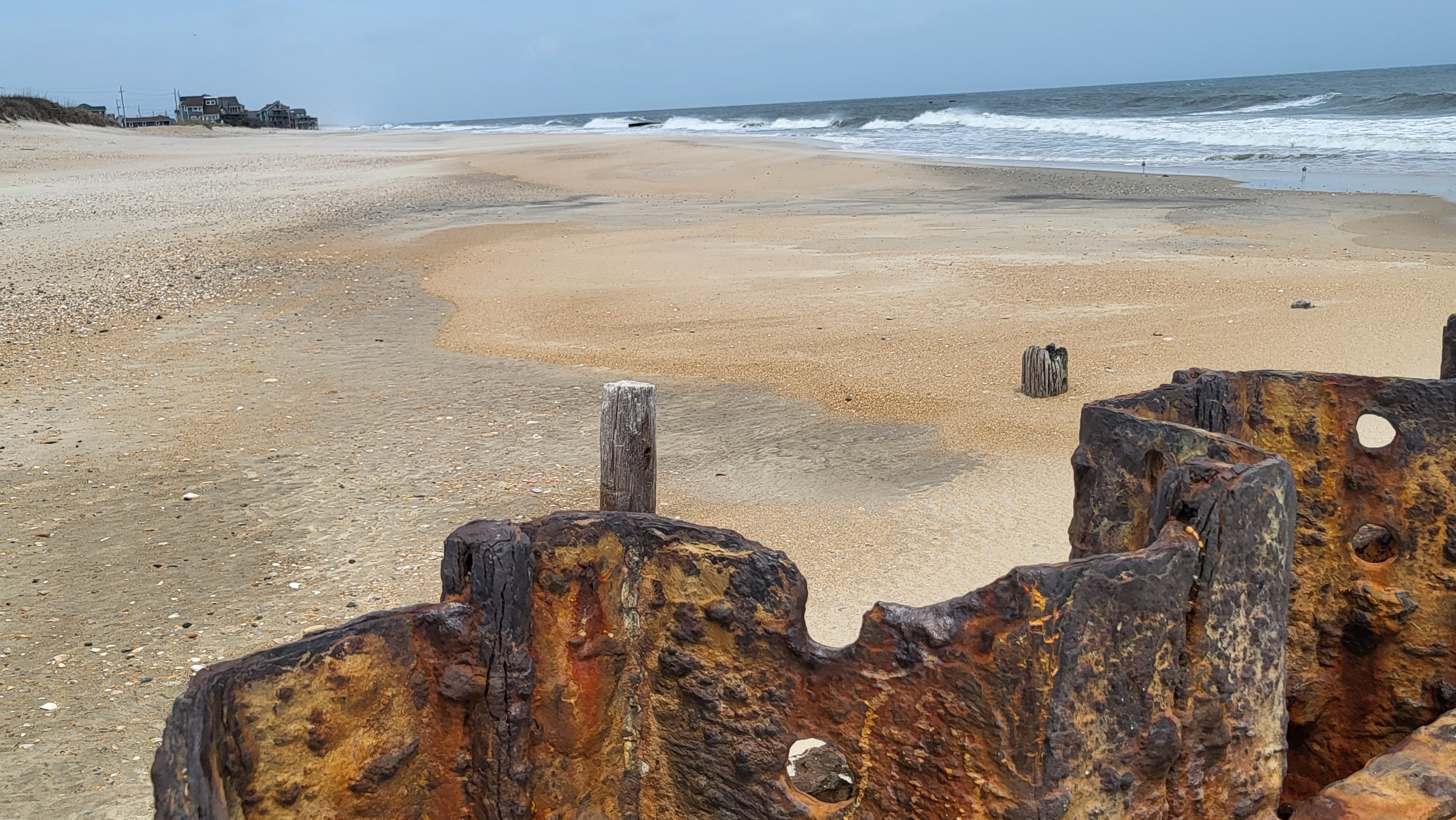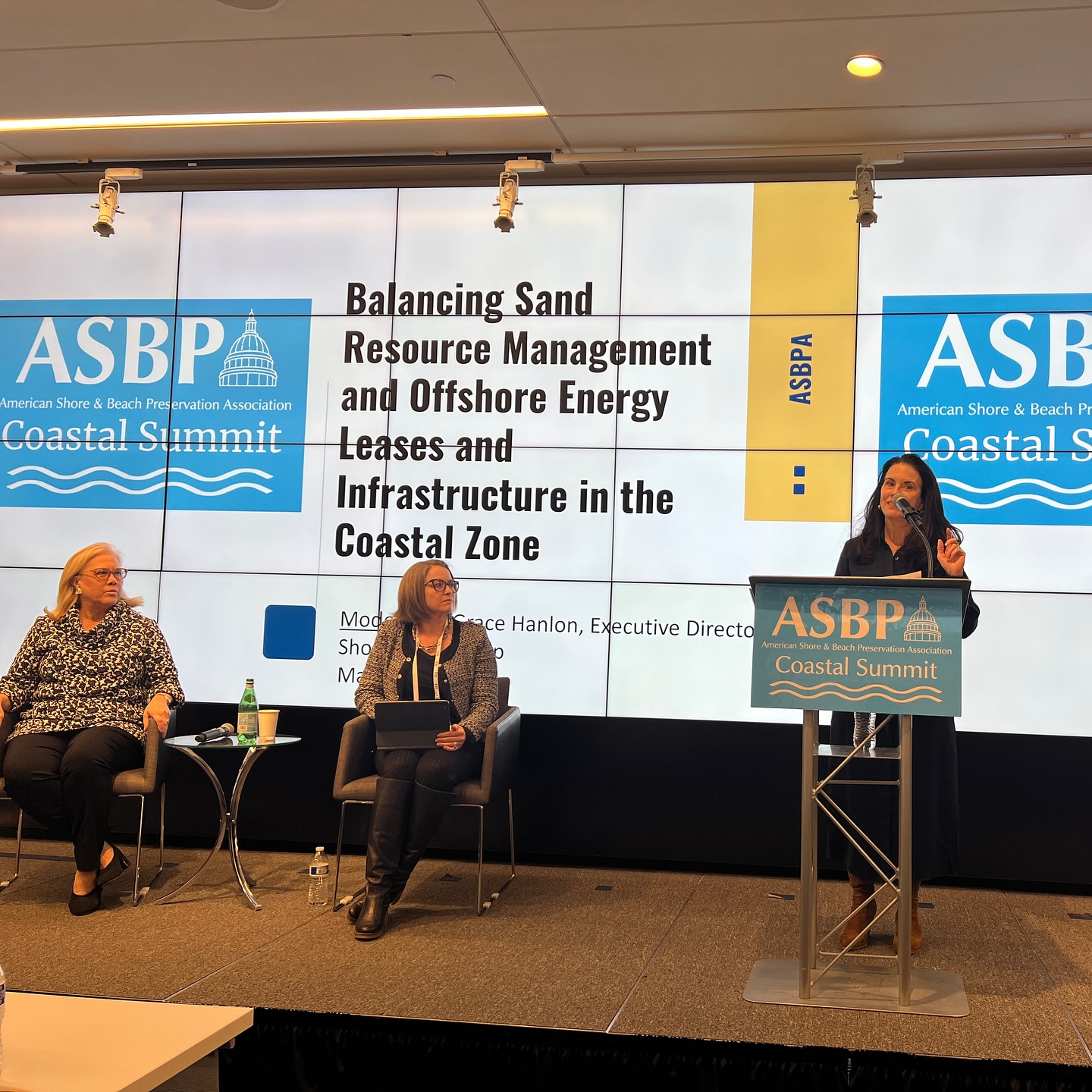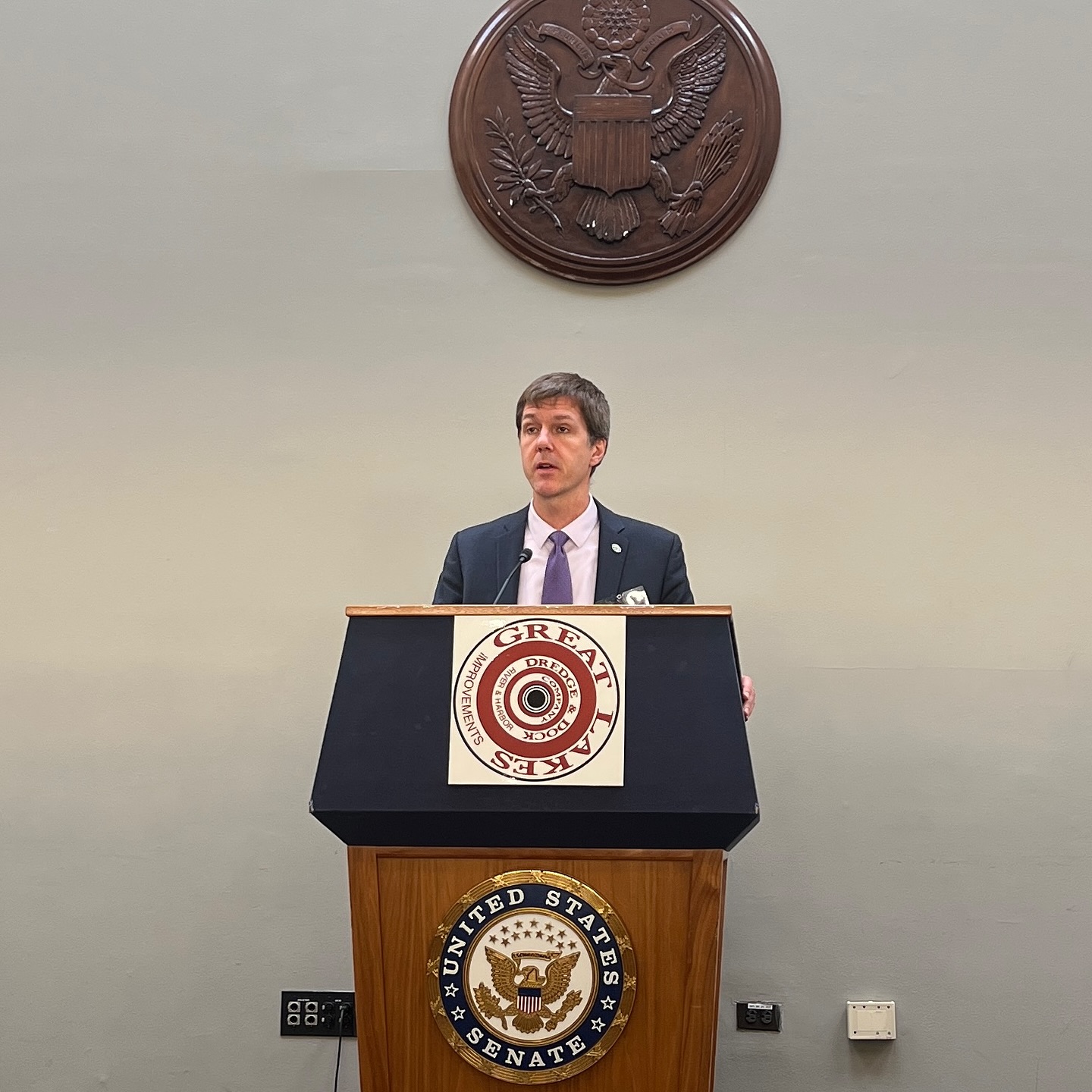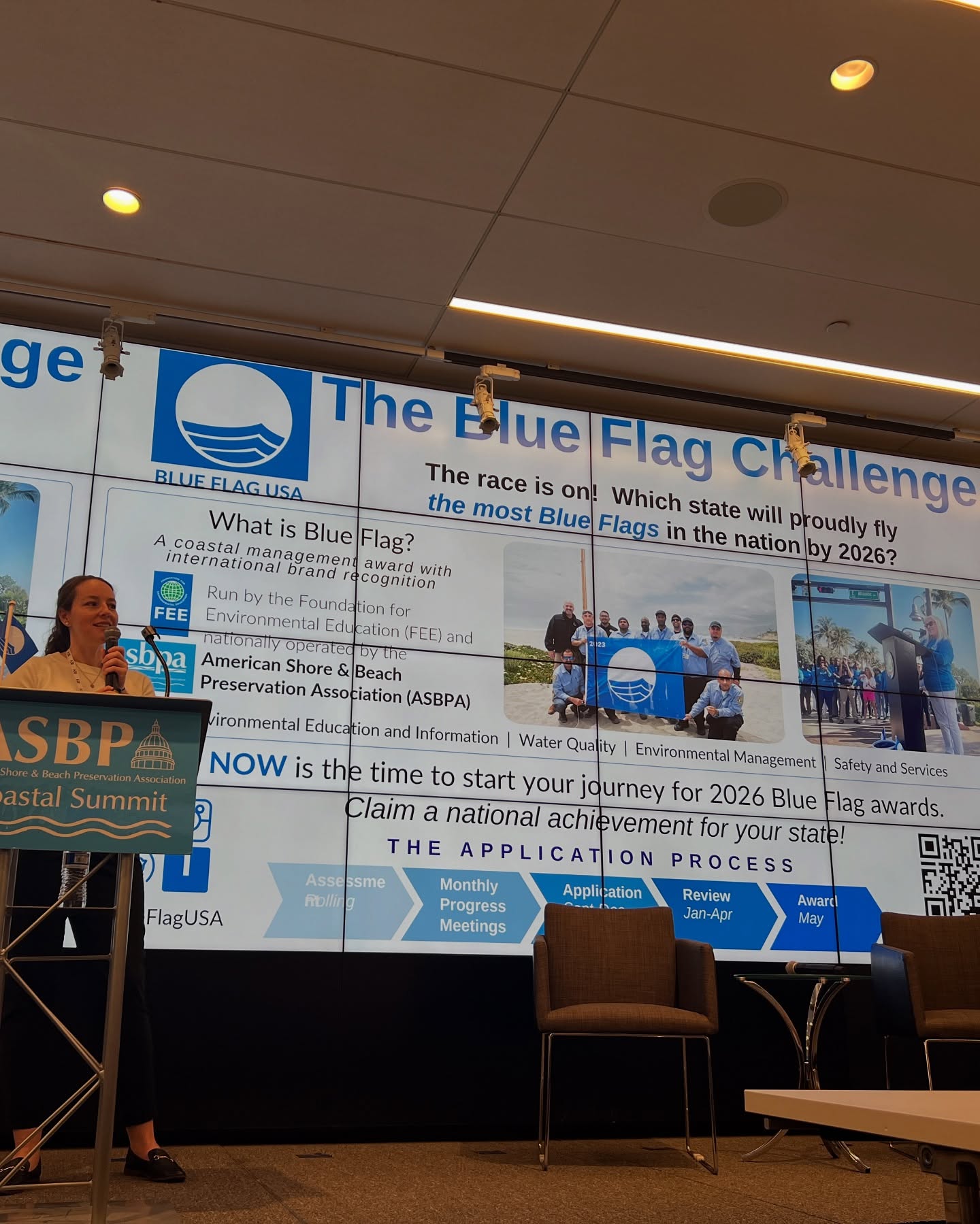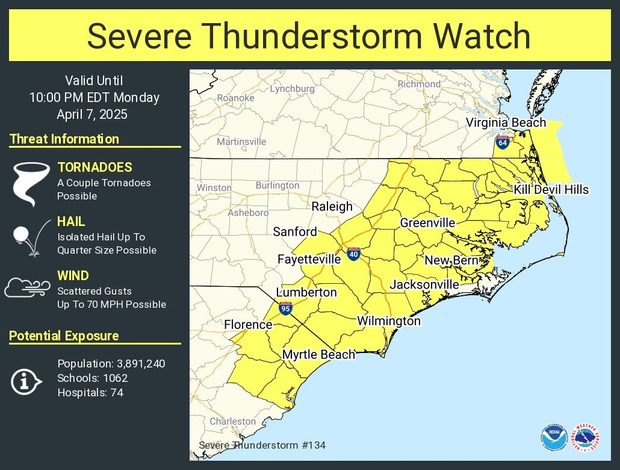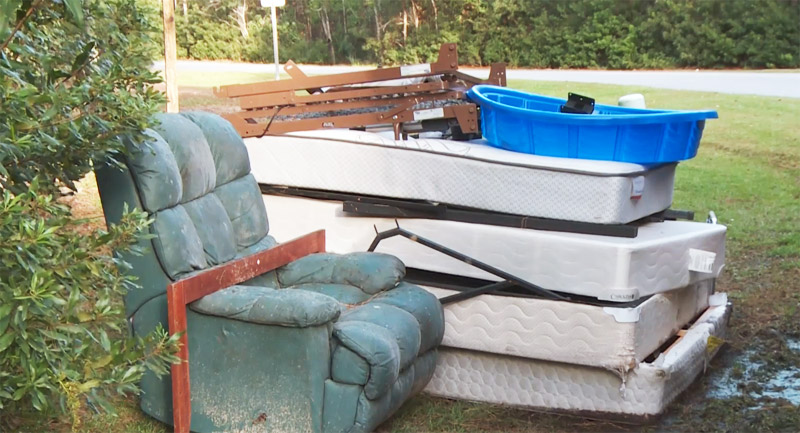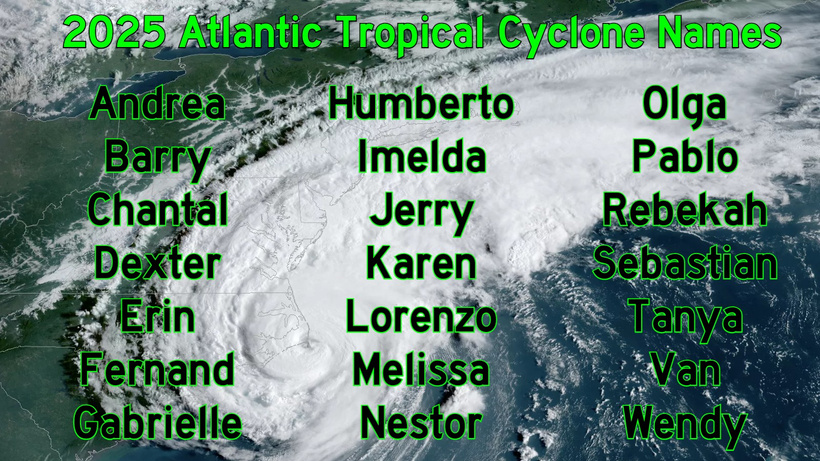PEA ISLAND INLET BRIDGE
By JOY CRIST
Travelers to and from Hatteras Island are noticing ever-increasing activity at the site of two new bridges for Hatteras Island — the Bonner Bridge replacement over Oregon Inlet and the new temporary bridge at the site of the inlet cut by Hurricane Irene in 2011.
Construction officially began on the new Bonner Bridge on March 8 with a groundbreaking ceremony attended by the governor and other dignitaries, and since then, three separate construction sites that include huge barges have popped up on either side of the Bonner Bridge, as well as in the middle of Oregon Inlet
“We have three work zones,” explains Pablo A. Hernandez, the resident engineer for the North Carolina Department of Transportation (NCDOT) and the project manager for both projects. “And these three zones will [eventually] link up.”
Up until this point, the construction crews at the Bonner Bridge have mainly focused on clearing the site and getting ready for the literally big work to begin.
“We’re breaking out of the ground,” says Pablo. “…Just like building a property or a house, you need to clear the ground first.”
One of these initial projects, which visitors crossing the bridge may have already noticed, was the installation of a slight detour on the southern terminus of the bridge to minimize impact on the Pea Island National Wildlife Refuge.
In addition, the three work sites were established in this early phase, including the one that’s at the center of the bridge. The construction crews utilize a crew boat that runs from the south side to the work barges to access the surrounded-by-water site.
The next step in the process is installing the long line of pilings that will serve as the foundation of the bridge.
Visitors who are traveling along the northern terminus of the Bonner Bridge may have already noticed the first trio of pilings slowly sinking into the ground. These are the initial pilings, and they are driven deep into the sandy bottom to provide ample stability.
“Our goal is to get the pilings to minus 120 feet,” says Pablo. “That’s our goal, and we’ve been successful at getting to that elevation.”
This means that if sea level is set at 0 feet, the pilings will extend downward for 120 feet into the water from this initial sea level mark. Pilings on the land will extend downward a distance of 85 to 110 feet from sea level.
And while they’re being installed, the pilings have to go through multiple layers and different varieties of sand, as well as several layers of clay or other sediments.
It’s an intricate process that understandably requires a lot of prep work, including research and some trial and error.
The pilings are 54 inches in diameter and are about 135 to 145 feet long. Once they’re soundly driven into the water, however, only 4 to 5 feet of these initial structures will poke out of the inlet. On top of these pilings, the construction crews will set a hexagon shape footing and then a secondary column on top of that. Then, the giant slabs of concrete will roll in to complete the newly finished Bonner Bridge and officially connect the three stationed work sites.
The pilings portion of the process is expected to take about 12 to 18 months, Hernandez said. The new Bonner Bridge is slated to be completed by fall of 2018, and the “old” Bonner Bridge will be torn down by fall 2019.
Anglers will be happy to learn, however, that not all of the old bridge will be torn down. More than 1,000 feet of the original “Bonner Bridge” on the southern end will remain to serve as both a fishing platform and a structure to help control and maintain the Davis Slough.
There are two channels that run through the inlet – Oregon Inlet and the southern Davis Slough – and the U.S. Army Corps of Engineers determined that the foundation of the old bridge helped keep the Davis Slough open for mariners.
“By keeping it there, it will also stabilize the inlet,” says Hernandez. As a result, this section of the “old” bridge will remain open for pedestrians well after the project is over.
When it’s complete, the new bridge will be longer than the existing bridge, and will extend for 2.8 miles. The full route will be a total of 3.5 miles, including the new roadway leading up the bridge. The new bridge will also have a lifespan of 100 years – far more than the 30-year lifespan that the current Bonner Bridge has already surpassed.
In addition, the new bridge will have more navigational leeway for mariners. With a total of seven navigational spans, each measuring an average of 300 feet wide, there will be more options for navigating under the bridge. The new design also has 12-foot travel lanes and wider 8-foot shoulders to make it safer for travelers. There are no shoulders on the current bridge.
PEA ISLAND INLET BRIDGE
The other big project that’s already well underway is the new temporary bridge over Pea Island Inlet that will replace the smaller so-called “Lego” bridge that has been in place since 2011.
The new bridge will have a total of 57 spans that each will be 50 feet long. So far, a total of nine spans have been installed, and Hernandez estimates that the construction crew will add the remaining spans at a rate of two every two or three weeks.
“We’re out of the breach, and there’s more room to work around,” he says.
It’s a rough job to be sure. Construction crew members have had to slog through dry sand in hot summertime temperatures to get the project started. However, with the first spans installed, the construction is now moving at a smooth pace.
The Pea Island Inlet bridge will have pilings that are 16 inches square, as opposed to the 54-inch diameter pilings of the Bonner Bridge, which helps speed up the process as well.
Currently, there are two separate crews that are working at multiple job sites at multiple times throughout a 24-hour period. The day crews and night crews both log in roughly 8 to10 hours of work a day, which overlaps in the mornings. This means that the bridges are being worked on roughly 16 to 20 hours per day.
And as the ground preparation work ends and the pilings start to be driven in, locals and visitors driving across the Bonner Bridge can expect to see ample changes in the local landscape in the months to come.





